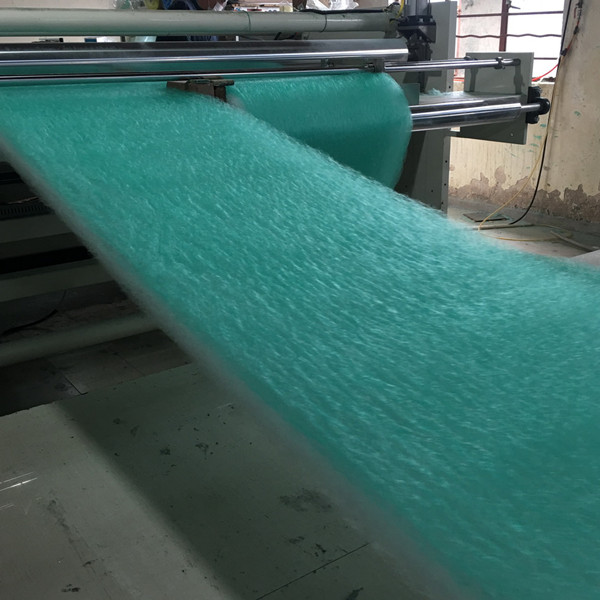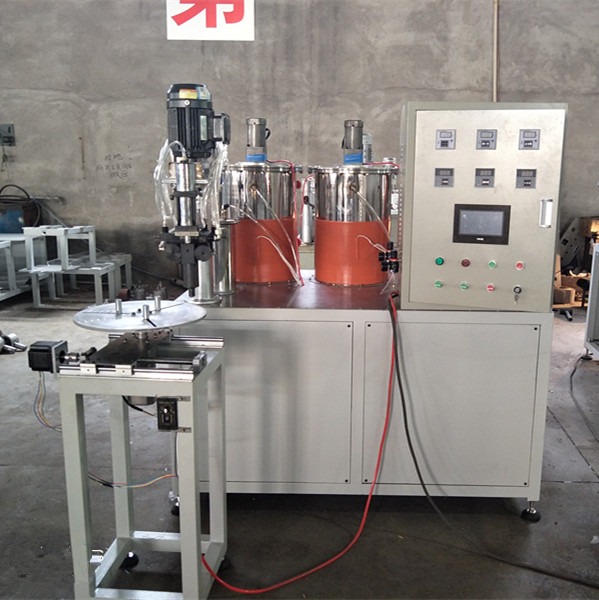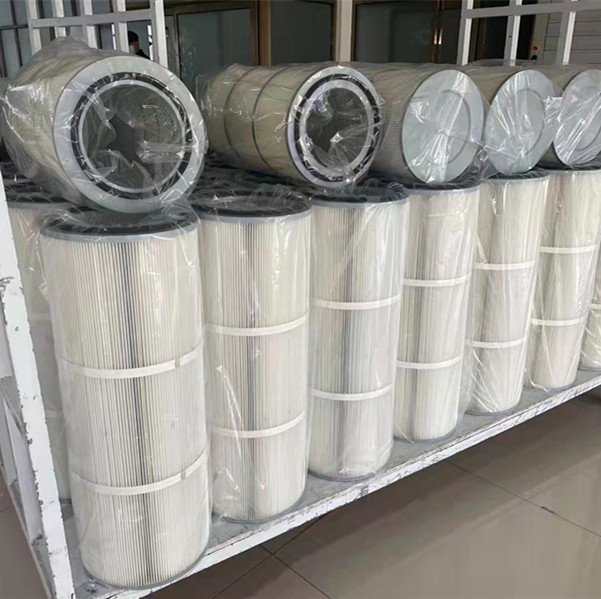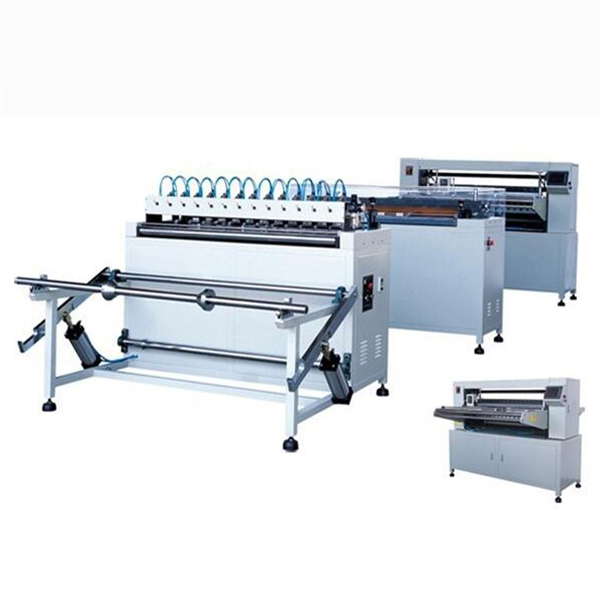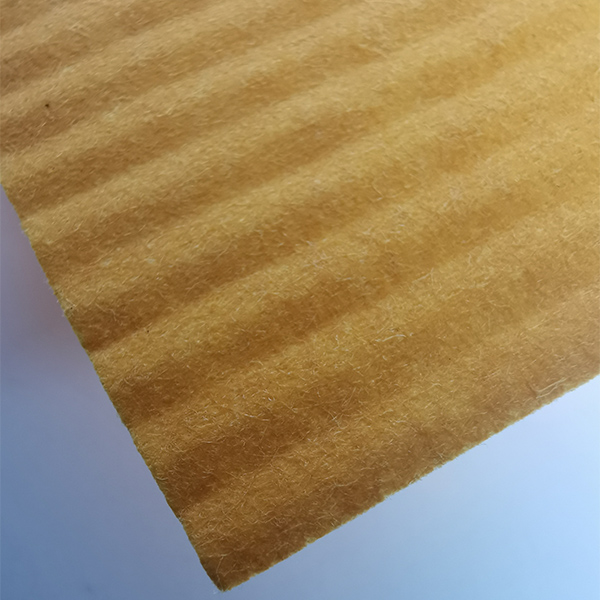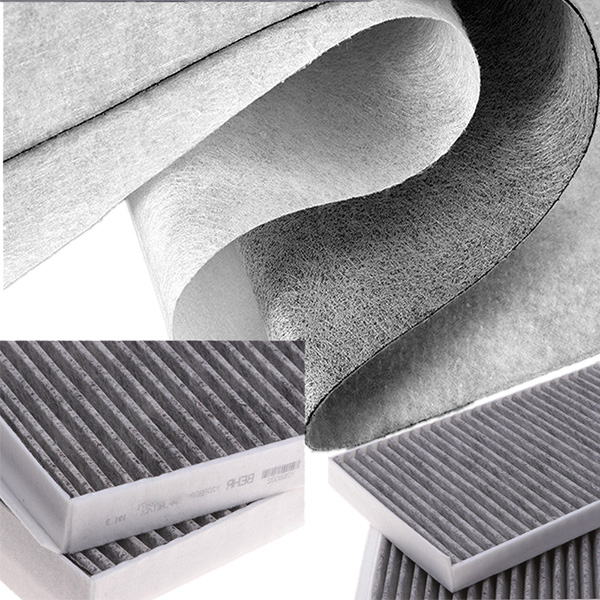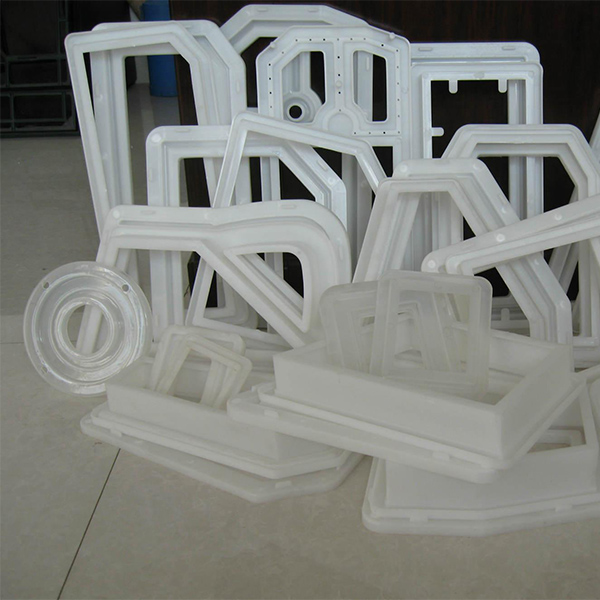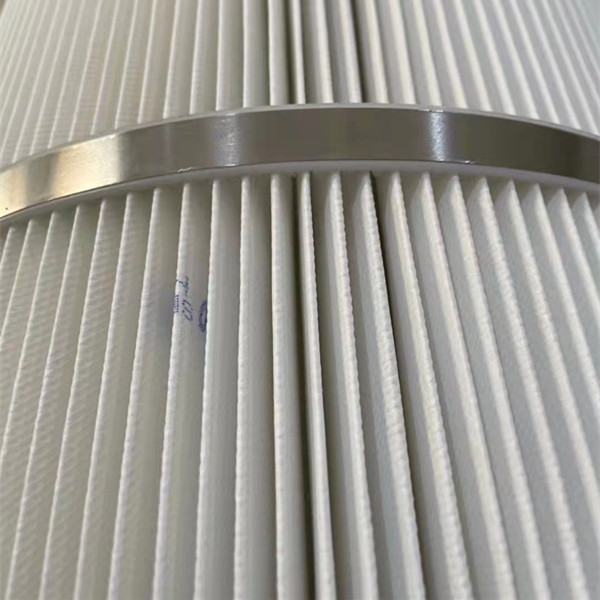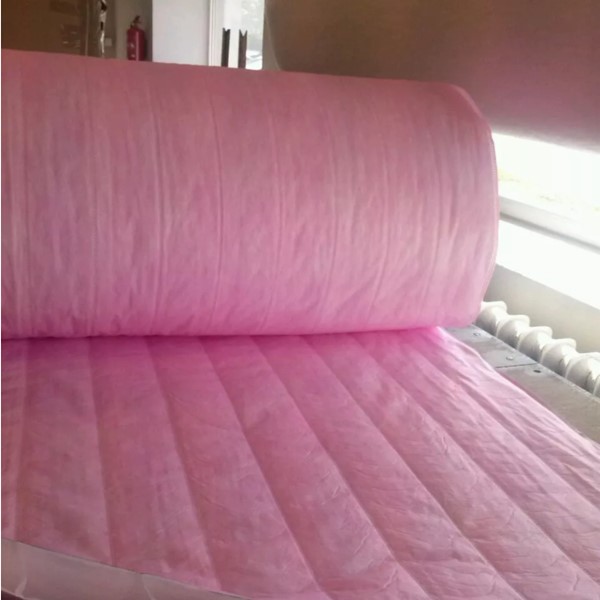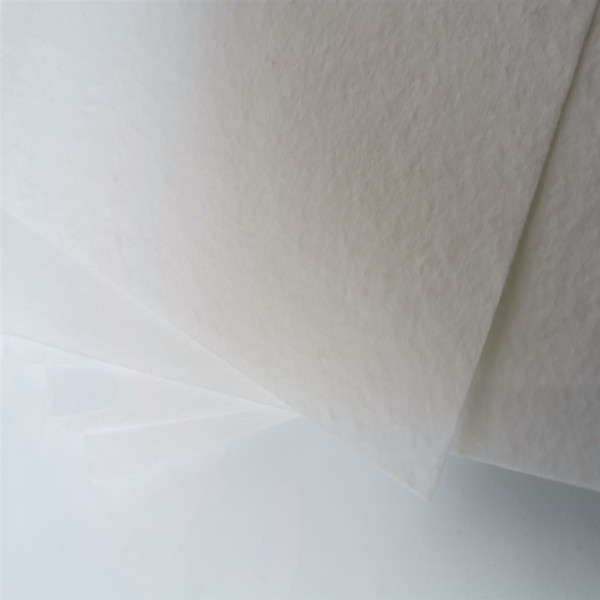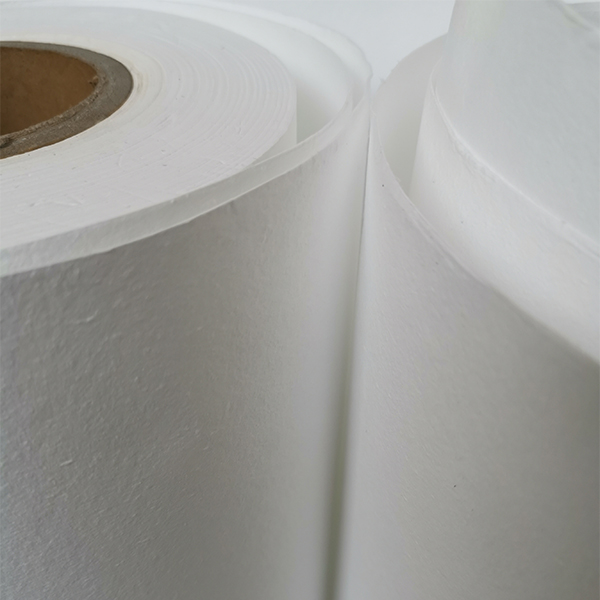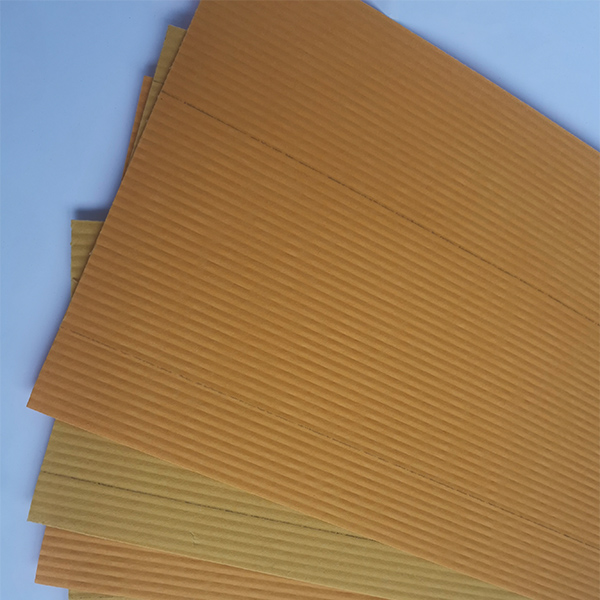Industry Trends in Advanced Pleating Technology
The global demand for high-performance filtration media continues to surge, driven by stringent environmental regulations, escalating industrial production, and the growing complexity of filtration requirements across diverse sectors. At the heart of meeting this demand lies precision pleating technology, with the blade pleating machine emerging as a critical asset. Current industry trends point towards increased automation, enhanced precision, and greater versatility in pleating machines. Manufacturers are prioritizing solutions that offer higher production speeds, superior pleat geometry consistency, and the ability to process a wider array of materials, from delicate filter papers to robust synthetic non-wovens and metallic meshes.
Key drivers include the transition towards finer filtration efficiencies, necessitating more pleats per unit area and tighter tolerances. The market for industrial pleating machine solutions is expanding rapidly, particularly in sectors such as HVAC, automotive, pharmaceutical, and water treatment. Data from industry reports indicates a compound annual growth rate (CAGR) of over 6% for the global industrial filtration market, directly correlating to the demand for advanced pleating equipment. Furthermore, the push for sustainable manufacturing practices is fostering innovation in energy-efficient machines and those capable of handling recyclable or biodegradable filter media. This evolution mandates that today's pleating machines are not just efficient but also adaptable to future material science advancements and operational demands.

Manufacturing Process of a Modern Blade Pleating Machine
The production of a high-precision automatic blade pleating machine is a sophisticated endeavor, integrating advanced mechanical engineering, electronics, and materials science. This section details the meticulous process, emphasizing quality and reliability.
Component Sourcing and Material Selection
- Frame and Structure: High-grade structural steel (e.g., S355JR, ASTM A36) is selected for its robust mechanical properties and vibration damping. Components are often laser-cut for precision.
- Precision Machined Parts: Critical components such as pleating blades, drive shafts, and gear housings are typically crafted from tool steels (e.g., D2 steel for blades due to wear resistance) or aluminum alloys (e.g., 6061-T6 for lightweight moving parts).
- Control Systems: Industrial-grade PLCs (e.g., Siemens, Allen-Bradley), servo motors, and HMI touchscreens from reputable suppliers ensure precise motion control and user-friendly operation.
- Pneumatics/Hydraulics: Components like cylinders, valves, and tubing conform to ISO standards, often sourced from leading brands for reliability.
Manufacturing Processes
- Casting/Forging (for heavy-duty components): Base frames or specific load-bearing components may undergo casting for optimal structural integrity or forging for enhanced material density and strength.
- CNC Machining: This is paramount for achieving the tight tolerances required for precision movements. Pleating blades, rollers, and critical guides are machined using multi-axis CNC machines, ensuring geometric accuracy to within micrometers. This process is crucial for maintaining consistent pleat depth and spacing.
- Surface Treatment: Components exposed to wear, corrosion, or friction receive specialized treatments. This includes hardening (e.g., nitriding for blades), chrome plating, or powder coating for aesthetics and corrosion resistance.
- Electrical & Control Assembly: Wiring harnesses are meticulously routed, and control cabinets are assembled following industrial electrical safety standards (e.g., IEC 60204-1). PLC programming and HMI development are integrated to optimize machine performance and user interaction.
- Assembly: Skilled technicians assemble the mechanical, electrical, and pneumatic systems. This stage involves precise alignment and calibration of all moving parts, especially the pleating mechanism, to prevent mechanical stresses and ensure smooth operation.
Quality Assurance and Testing Standards
Every automatic blade pleating machine undergoes rigorous testing.
- ISO 9001 Compliance: Manufacturing facilities adhere to ISO 9001 quality management systems, ensuring consistent production quality.
- CE Marking: Machines meet European safety, health, and environmental protection requirements.
- ANSI/UL Standards: Electrical components and safety features often comply with relevant ANSI or UL standards for North American markets.
- Functional Testing: Each machine is subjected to extensive run-in tests, simulating real-world operating conditions across various material types and pleat configurations. Key performance indicators (KPIs) like pleat count accuracy, pleat height uniformity, and production speed are measured and validated.
- Vibration Analysis: Ensuring minimal operational vibration for extended component life and quiet operation.
The typical service life for a well-maintained industrial pleating machine can exceed 15-20 years, a testament to the robust engineering and high-quality materials employed. Target industries for such sophisticated machinery include petrochemical, metallurgy, power generation, HVAC, automotive, and water supply & drainage, where the demand for precise filtration solutions is critical.
Technical Specifications: Automatic Blade Pleating Machine
The performance of a blade pleating machine is defined by its core technical specifications, which dictate its efficiency, precision, and operational versatility. These parameters are crucial for industrial clients assessing equipment for their specific filtration media production needs.
These specifications highlight the advanced capabilities of modern pleating technology. The high degree of automation and precise control over pleat geometry are critical for producing filters that meet demanding performance criteria, such as specific pressure drop characteristics and filtration efficiency.

Application Scenarios and Technical Advantages
The versatility and precision of the industrial pleating machine make it indispensable across a spectrum of industries requiring advanced filtration solutions. Its technical advantages translate directly into operational efficiencies and superior product quality for manufacturers.
Key Application Scenarios:
- Automotive Filtration: Producing air filters, oil filters, and cabin air filters with precise pleat spacing to maximize filtration surface area and optimize airflow, directly impacting engine performance and longevity.
- HVAC & Cleanroom Technology: Manufacturing HEPA and ULPA filters where uniform pleat packs are crucial for maintaining specific airflow resistance and capturing ultrafine particulates in environments like hospitals, pharmaceutical facilities, and microelectronics manufacturing.
- Water Treatment & Process Filtration: Creating pleated cartridges for municipal water treatment, industrial process fluid filtration, and chemical processing. The ability to handle diverse media, including polypropylene and melt-blown fabrics, ensures optimal contaminant removal.
- Oil & Gas Industry: Producing robust filters for hydraulic systems, natural gas purification, and lubricating oil filtration, often requiring corrugated or depth-loaded media that a filter paper pleating machine can precisely handle.
- Pharmaceutical & Food & Beverage: Producing filters that meet stringent hygiene standards, requiring consistent pleat geometry for predictable performance and ease of validation.
Technical Advantages:
- Energy Saving: Modern blade pleating machine models incorporate energy-efficient servo drives and optimized heating systems, reducing power consumption by up to 20-30% compared to older hydraulic or pneumatic systems. This leads to lower operational costs and a reduced carbon footprint.
- Corrosion Resistance: Key components and structural elements are often fabricated from stainless steel (e.g., SUS304) or treated with specialized coatings, ensuring long-term durability and resistance to corrosive industrial environments, enhancing service life and reducing maintenance.
- Precision & Consistency: PLC and servo motor control guarantee exceptional pleat height, depth, and count accuracy. This uniformity is vital for filtration media, as inconsistent pleats can lead to premature filter clogging or reduced filtration efficiency.
- Versatility in Media Handling: Capable of processing a wide array of materials including fiberglass, synthetic non-wovens, melt-blown, filter paper, and even metal mesh, without extensive retooling, offering manufacturing flexibility.
- High Throughput: Optimized cycle times and continuous operation capabilities significantly boost production volumes, meeting high market demands efficiently.
- Reduced Material Waste: Advanced cutting and pleating algorithms minimize material offcuts, contributing to cost savings and environmental sustainability.
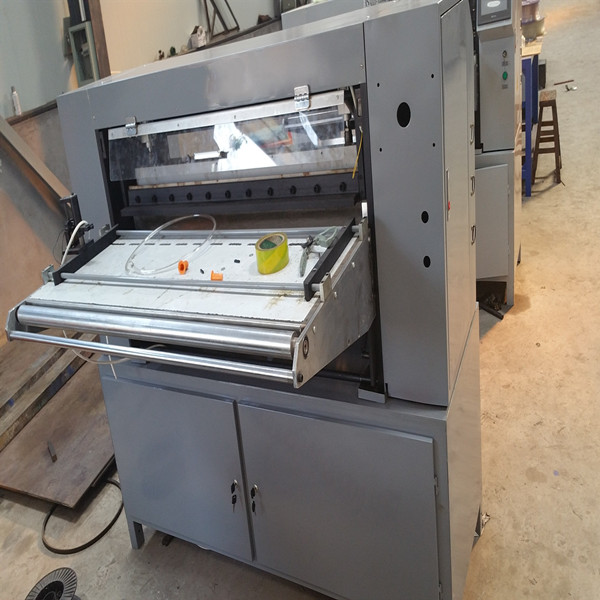
Vendor Comparison: Evaluating Industrial Pleating Machine Suppliers
Selecting the right industrial pleating machine vendor is a critical decision that impacts long-term operational efficiency, product quality, and return on investment. While many manufacturers offer pleating solutions, key differentiators lie in technological advancement, customization capabilities, after-sales support, and overall value proposition.
Leading vendors distinguish themselves through robust R&D, adherence to international quality standards (e.g., ISO 9001, CE certification), and a proven track record of customer satisfaction. Evaluating a vendor goes beyond mere price comparison; it involves a holistic assessment of their engineering expertise, material sourcing, and commitment to client success.
This comparison illustrates that investing in a leading vendor often translates to higher initial costs but yields superior long-term performance, reliability, and support. For mission-critical applications where filtration consistency is paramount, the added investment in a premium blade pleating machine is often justified by reduced downtime, higher output quality, and greater operational efficiency.
Customized Solutions for Specialized Pleating Needs
The diverse requirements of the filtration industry necessitate a flexible approach to equipment manufacturing. While standard blade pleating machine models offer broad utility, many B2B clients operate with unique specifications that demand tailored solutions. Customization ensures that the machine perfectly integrates into existing production lines, handles esoteric materials, or meets specific pleat geometries not covered by off-the-shelf options.
A leading manufacturer of filter paper pleating machine technology understands that "one size fits all" is rarely true for specialized applications. Customization can involve modifying crucial parameters such as maximum material width, pleat height range, integration of pre- or post-treatment modules (e.g., scoring, heating, cutting), or incorporating specific control system interfaces for seamless factory automation.
Areas of Customization:
- Material Handling Systems: Custom unwinding and rewinding units for heavy-duty rolls, delicate non-wovens, or specific core sizes. This might include tension control systems with ultra-fine adjustments or multi-layer unwinding capabilities.
- Pleat Geometry: Adaptation of pleating blade profiles and depth mechanisms to create non-standard pleat heights, variable pleat spacing, or specialized wave patterns for unique filter designs (e.g., radial pleats for disc filters).
- Integrated Modules: Adding inline components such as ultrasonic welding stations for media joining, adhesive application systems for pleat stabilization (e.g., hot melt beading), or automatic cutting and stacking solutions.
- Software & Control Systems: Bespoke HMI interfaces, integration with existing MES (Manufacturing Execution Systems) or ERP (Enterprise Resource Planning) systems, and specialized recipe management for quick changeovers between filter types.
- Environmental Adaptations: Machines designed for operation in cleanroom environments (e.g., stainless steel construction, HEPA filters for internal air circulation) or hazardous areas, meeting specific regulatory compliance.
- Scalability: Modular designs that allow for future upgrades or additions, ensuring the initial investment remains relevant as production demands evolve.
The ability to provide customized solutions is a hallmark of an authoritative vendor, demonstrating deep engineering knowledge and a client-centric approach. Such an approach significantly enhances the value proposition, ensuring maximum operational efficiency and optimized product output for niche applications.
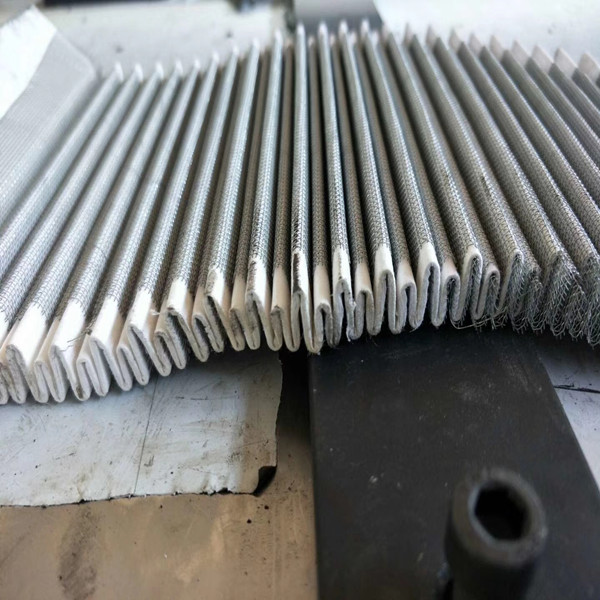
Application Case Studies: Real-World Impact of Blade Pleating Machine
Real-world application demonstrates the tangible benefits and return on investment derived from advanced blade pleating machine technology. These case studies highlight how precision, automation, and adaptability address critical industrial challenges.
Case Study 1: Automotive Air Filter Manufacturer
- Client: A major Tier 1 automotive filter supplier, established for over 30 years, serving global OEM markets.
- Challenge: The client faced increasing demand for high-efficiency engine air filters requiring extremely uniform pleat geometry and higher pleat counts per linear meter to meet new Euro 6 and EPA emissions standards. Their older mechanical pleaters struggled with consistency at higher speeds and varied media types.
- Solution: Implemented two customized automatic blade pleating machine units with integrated pre-scoring and hot-melt pleat stabilization. These machines featured advanced servo control for pleat height (±0.2mm tolerance) and automated media feeding.
- Results:
- Increased Production: A 45% increase in daily output due to higher pleating speeds and reduced downtime.
- Improved Quality: Pleat uniformity improved by 90%, leading to a 7% reduction in product rejects and consistent filter performance.
- Material Versatility: Successfully processed novel multi-layer synthetic media, previously challenging on older equipment.
- Operational Savings: Energy consumption reduced by 18% per unit, contributing to lower operating costs.
Case Study 2: Cleanroom Filter Manufacturer
- Client: A specialist in HEPA and ULPA filter manufacturing for semiconductor and pharmaceutical industries, with over 20 years of experience.
- Challenge: Producing filters for ISO Class 1 cleanrooms demands impeccable pleat integrity and zero media damage for delicate micro-fiberglass media. Existing roll-pleating methods caused minor media stress, impacting filter lifespan.
- Solution: Deployed a specialized filter paper pleating machine designed for ultra-fine media, featuring non-contact pleat formation in critical zones and a sophisticated media tensioning system. The machine was housed in a controlled environment and constructed from cleanroom-compatible materials.
- Results:
- Enhanced Filter Performance: Eliminated media damage during pleating, extending average filter service life by 15%.
- Reduced Defects: Achieved a
- Compliance: Enabled consistent production meeting ISO 29463 and EN 1822 standards for HEPA/ULPA filters.
- Customer Satisfaction: Positive feedback from end-users on the improved reliability and consistent performance of their cleanroom filters.

Trustworthiness and Support: FAQ, Lead Time, Warranty, and After-Sales
Building trustworthiness with B2B clients relies not only on superior product quality but also on transparent communication, reliable logistics, and comprehensive after-sales support. This section addresses common concerns and outlines our commitment to customer satisfaction.
Frequently Asked Questions (FAQ)
- Q: What types of media can your blade pleating machine process?
A: Our machines are designed for high versatility, handling a wide range including filter paper, synthetic non-wovens, fiberglass, melt-blown fabrics, and even certain light metal meshes. Material thickness up to 5mm is supported.
- Q: How do you ensure pleat consistency?
A: We utilize advanced servo motor control systems, high-precision CNC machined blades, and real-time feedback loops. This allows for pleat height accuracy within ±0.2mm and consistent pleat count, critical for filtration performance.
- Q: Is customization available for specific production needs?
A: Yes, we specialize in providing tailored solutions. This can include specific material width capacities, integration of heating or gluing systems, specialized cutting options, or adapting control interfaces to your existing factory automation. Please contact our technical sales team for a consultation.
- Q: What are the power requirements for your machines?
A: Standard machines typically require 380V, 50Hz, 3-phase power. Specific power consumption varies by model and features, generally ranging from 5kW to 15kW. Detailed electrical specifications are provided with each quotation.
Lead Time and Fulfillment
Standard industrial pleating machine models typically have a lead time of 8-12 weeks from order confirmation to ex-works delivery. For highly customized solutions, the lead time may extend to 16-20 weeks, depending on the complexity of engineering and sourcing specialized components. We maintain transparent communication throughout the manufacturing process, providing regular updates on production milestones and estimated shipping dates. Our logistics team works with trusted global carriers to ensure timely and secure delivery to your facility, managing all necessary customs documentation.
Warranty Commitments
All our automatic blade pleating machine products come with a comprehensive 1-year warranty covering parts and labor for manufacturing defects. Key components such as servo motors and PLCs often carry extended warranties directly from their respective manufacturers. Our warranty ensures peace of mind, protecting your investment and minimizing unexpected costs. Detailed warranty terms and conditions are provided with every purchase agreement.
Customer Support Information
Our commitment to our clients extends far beyond the point of sale. We offer robust after-sales support designed to maximize your machine's uptime and performance:
- Installation and Commissioning: On-site installation and expert commissioning services are available globally by our certified technicians to ensure optimal machine setup and initial operation.
- Training: Comprehensive operator and maintenance training programs are provided, either on-site or at our facility, to empower your team with the knowledge to run and maintain the equipment efficiently.
- Technical Assistance: We offer 24/7 technical support via phone, email, and remote diagnostics to quickly troubleshoot issues and provide immediate assistance.
- Spare Parts: A readily available inventory of genuine spare parts ensures minimal downtime. Critical wear parts are stocked locally in key markets.
- Preventive Maintenance Programs: Customizable maintenance contracts are available to schedule regular inspections and proactive servicing, extending machine life and preventing costly breakdowns.
Our dedicated support team, with decades of experience in pleating technology, is committed to being a reliable partner in your manufacturing success.
Citations
- Grand View Research. (2023). Industrial Filtration Market Size, Share & Trends Analysis Report By Product (Air, Liquid), By End-use (Manufacturing, Power Generation), By Region, And Segment Forecasts, 2023 - 2030.
- International Organization for Standardization (ISO). (2023). ISO 9001:2015 Quality management systems – Requirements.
- European Committee for Standardization (CEN). (2023). EN 1822:2019 High efficiency air filters (EPA, HEPA and ULPA) – Classification, performance testing, marking.
- ASM International. (2022). ASM Handbook, Volume 4A: Steel Heat Treating Fundamentals and Processes.
Post time: Aug-26-2025

